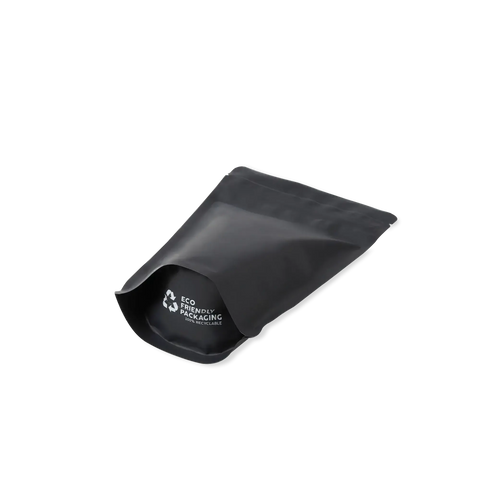Starting Your Journey with Sustainable Coffee Packaging
Sustainability in the coffee industry is no longer a passing trend. It has become an essential standard for brands committed to reducing their environmental footprint. At the forefront of this shift is the choice of sustainable coffee packaging. It is a critical component that affects both the planet and how consumers perceive a brand.
Sustainable coffee packaging refers to materials and designs that minimize environmental impact throughout their life cycle from production and use to disposal. Unlike conventional coffee bags often composed of multilayer plastics and aluminum that resist recycling, sustainable options prioritize renewability, recyclability, or compostability. This approach embraces a circular economy where materials are kept in use rather than discarded.
The reasons for making the switch are clear. Today’s consumers, particularly younger demographics, increasingly favor brands that align with their values including environmental responsibility. For roasters, adopting eco friendly packaging is not just a way to reduce waste it is a powerful differentiator in a crowded marketplace. Moreover, sustainable packaging directly addresses the environmental costs associated with traditional materials which rely heavily on fossil fuels and contribute significantly to landfill mass.
Check out our sustainable pouches or get a custom quote today!
Several types of sustainable coffee packaging are gaining traction. Recyclable pouches typically made from single-material plastics such as polyethylene or polypropylene can be processed through existing recycling infrastructures. Compostable bags crafted from plant-based films, kraft paper, or biopolymers break down naturally in composting environments though these require proper disposal facilities to be effective. Some roasters are even exploring reusable or refillable packaging models to further reduce waste.
Despite the sustainability focus, coffee packaging must still perform its essential function of preserving freshness. Features like high barrier protection against oxygen and moisture, degassing valves to release carbon dioxide while preventing air ingress, and resealable zippers remain indispensable. Certifications such as OK Compost, FSC, or How2Recycle provide transparency and assure consumers about the eco friendly nature of the packaging.
Challenges and Considerations in Making the Switch
Switching to sustainable coffee packaging however is not without its challenges. For many small and mid-sized roasters the upfront cost can be a significant barrier. Sustainable materials especially compostable films or mono-material recyclable bags often come at a premium compared to conventional multilayer plastics. Budget conscious businesses must weigh this investment against the potential for brand differentiation and consumer goodwill.
Infrastructure limitations also complicate matters. Compostable packaging requires access to industrial composting facilities which are not available everywhere. Without proper disposal, these materials may degrade no better than traditional plastics undermining their environmental benefit. Similarly, recyclable flexible packaging can be rejected by recycling centers that lack the equipment to process certain materials leading to confusion for consumers and waste diversion failures.
Furthermore, sustainable packaging sometimes demands trade offs in performance. Achieving the necessary barrier properties to keep coffee fresh over weeks or months while using eco friendly films remains a technical challenge. Brands must carefully evaluate packaging options to ensure that sustainability does not come at the cost of product quality.
For roasters considering a move to sustainable packaging starting small is prudent. Testing samples or running limited batches allows for evaluation of material performance and customer response without committing to large volumes. Engaging suppliers with clear questions about materials, certifications, and disposal methods is critical vague answers should be treated as a warning sign. Finally, transparency with customers about packaging choices and proper disposal helps build trust and reinforces your brand’s sustainability story.
Ultimately, sustainable coffee packaging represents more than a container it embodies a company’s commitment to quality, responsibility, and the future of the planet. For roasters ready to take that step thoughtful selection and clear communication pave the way forward.







Comments (0)
There are no comments for this article. Be the first one to leave a message!